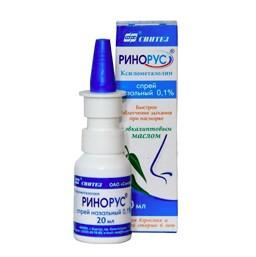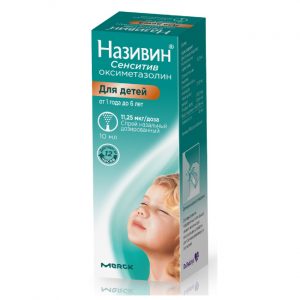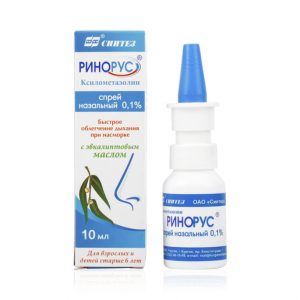Description
Release form
Powder for solution
Indications
Used for acute respiratory infections, acute respiratory viral infections (ARVI), nasopharyngitis (runny nose), flu to alleviate the following symptoms:
– fever
body fever – chills
– headache
– nasal congestion
– rhinorrhea
– lacrimation
– sneezing
– muscle pain.
Use during pregnancy and lactation
Due to the lack of animal studies and clinical studies on the use of a combination of paracetamol, ascorbic acid and pheniramine during pregnancy, the drug is not recommended in this group of patients.
It is not known whether the active ingredients of the drug pass into breast milk. Taking ORVIS Fle during breastfeeding is not recommended. If necessary, breastfeeding should be discontinued.
Special instructions
The product is sugar free and can be used by patients with diabetes mellitus.
The drug should not be used concomitantly with other medicines containing paracetamol.
In order to avoid toxic liver damage, paracetamol should not be combined with alcoholic beverages, and should also be used in patients prone to alcohol abuse.
The risk of developing liver damage increases in patients with alcoholic hepatitis.
When exceeding the recommended doses and with prolonged use, a mental dependence on the drug may appear.
To avoid an overdose of paracetamol, make sure that the total daily dose of paracetamol contained in all medications taken by the patient does not exceed 4 g.
Composition
1 pack.
paracetamol 500 mg
pheniramine maleate 25 mg
ascorbic acid 200 mg
Excipients:
maltodextrin – 3507.25 mg,
aspartame – 24.75 mg,
sodium citrate – 247 sour water lemon juice, maltodextrin, citric acid) – 247.5 mg, ginger
dry extract (ginger root extract, starch, maltodextrin, colloidal silicon dioxide) – 49.5 mg,
natural lemon flavor Lemon (aromatic composition, aromatic component, maltodextrin, umiarabik) – 99 mg.
Dosage and administration
Inside, 1 sachet 2-3 times a day.
Before use, dissolve the contents of one sachet in a glass (200 ml) of hot water (50-60 ° C). Add sugar if necessary.
The drug ORVIS Fly can be taken at any time of the day, but the best effect is when taking the drug before bedtime, at night.
The maximum daily dose of paracetamol is 4 g (8 sachets) with a body weight of more than 50 kg.
The interval between doses of the drug should be at least 4 hours.
In patients with impaired renal function (creatinine clearance
Maximum treatment duration is 5 days.
If symptom relief is not observed within 5 days after starting the drug, the body temperature remains, or after the initial decrease it suddenly rises again, you should consult a doctor .
Side effects
The drug is well tolerated in recommended doses. Possible:
Dryness of the oral mucosa.
Nausea, vomiting, abdominal pain, constipation.
Violation of urination.
Allergic reactions (erythema, skin rash, itching, urticaria, Quincke edema, anaphylactic shock).
Bronchospasm.
Drowsiness, disturbance of accommodation, palpitations, orthostatic hypotension, dizziness, impaired coordination, tremor.
Agitation, nervousness, insomnia, confusion, hallucinations, impaired attention (more often in elderly patients), mydriasis.
Stevens-Johnson syndrome, toxic epidermal necrolysis (Lyell’s syndrome), acute generalized exanthematous pustulosis.
Hepatotoxic effect, nephrotoxicity.
Anemia, leukopenia, agranulocytosis, thrombocytopenia.
If adverse reactions occur, stop taking the drug and consult a doctor.
Drug interactions
Ethanol enhances the sedative effect of antihistamines (pheniramine), so its administration during treatment should be avoided. Moreover, ethanol with simultaneous use with pheniramine contributes to the development of acute pancreatitis. Pheniramine enhances the effect of sedatives: morphine derivatives, barbiturates, benzodiazepine derivatives and other tranquilizers, antipsychotics (meprobamate, phenothiazine derivatives), antidepressants (amitriptyline, mirtazapine, mianserin), antihypertensive drugs of the central action, sedatives, which belong to the group of bacillators that relate to this not only increases the sedative effect, but also increases the risk of side effects of the drug (urinary retention, dry oral mucosa, then).
The ability to enhance central atropine-like effects when used in combination with other substances with anticholinergic properties (other antihistamines, antidepressants of the imipramine group, antipsychotics of the phenothiazine series, m-anticholinergic anti-Parkinsonian drugs, atropine-like antispasmodics, disopyramides).
When using the drug together with microsomal oxidation inducers: barbiturates, tricyclic antidepressants, anticonvulsants (phenytoin), flumecinol, phenylbutazone, rifampicin and ethanol, the risk of hepatotoxicity significantly increases (due to paracetamol). Glucocorticosteroids with simultaneous use increase the risk of developing glaucoma.
Concomitant use with salicylates increases the risk of nephrotoxicity.
With simultaneous use with chloramphenicol (chloramphenicol), the toxicity of the latter increases.
Paracetamol contained in the preparation, enhances the effect of indirect anticoagulants and reduces the effectiveness of uricosuric drugs.
Overdose of
Symptoms of acute paracetamol poisoning include anorexia, nausea, vomiting, epigastric pain, sweating, pale skin, drowsiness, metabolic acidosis (including lactic acidosis). An overdose threshold can be reduced in elderly patients and children, in patients taking certain medications (for example, inducers of microsomal liver enzymes), alcohol, or suffering from exhaustion. After 1-2 days, signs of impaired liver function appear. In severe cases, liver failure, hepatonecrosis, encephalopathy and coma develop, which can lead to death.
Signs of pheniramine poisoning are convulsions, impaired consciousness, coma. If symptoms of poisoning appear, stop using the drug immediately and consult a doctor. Gastric lavage, administration of enterosorbents (activated charcoal), administration of an acetylcysteine antidote intravenously or orally (if possible, in the first 10 hours after an overdose), symptomatic treatment is recommended.
Storage conditions
At a temperature not exceeding 25 ° C.
Keep out of the reach of children.
Term hodnosty
3 years
pharmacy terms without a prescription




